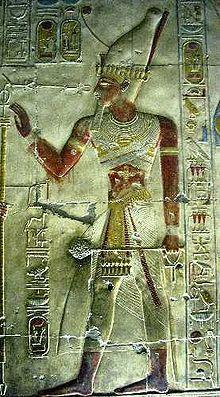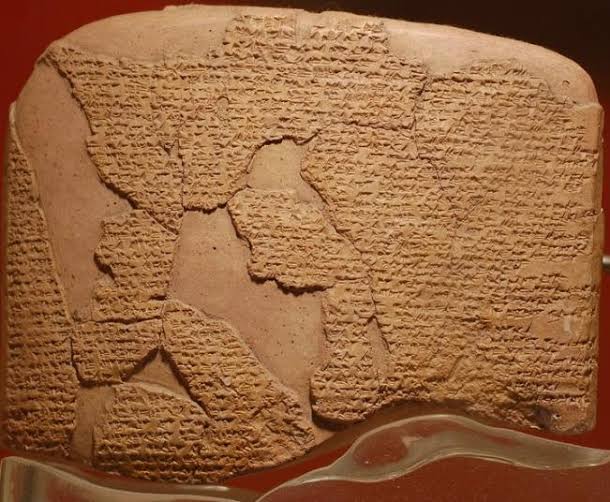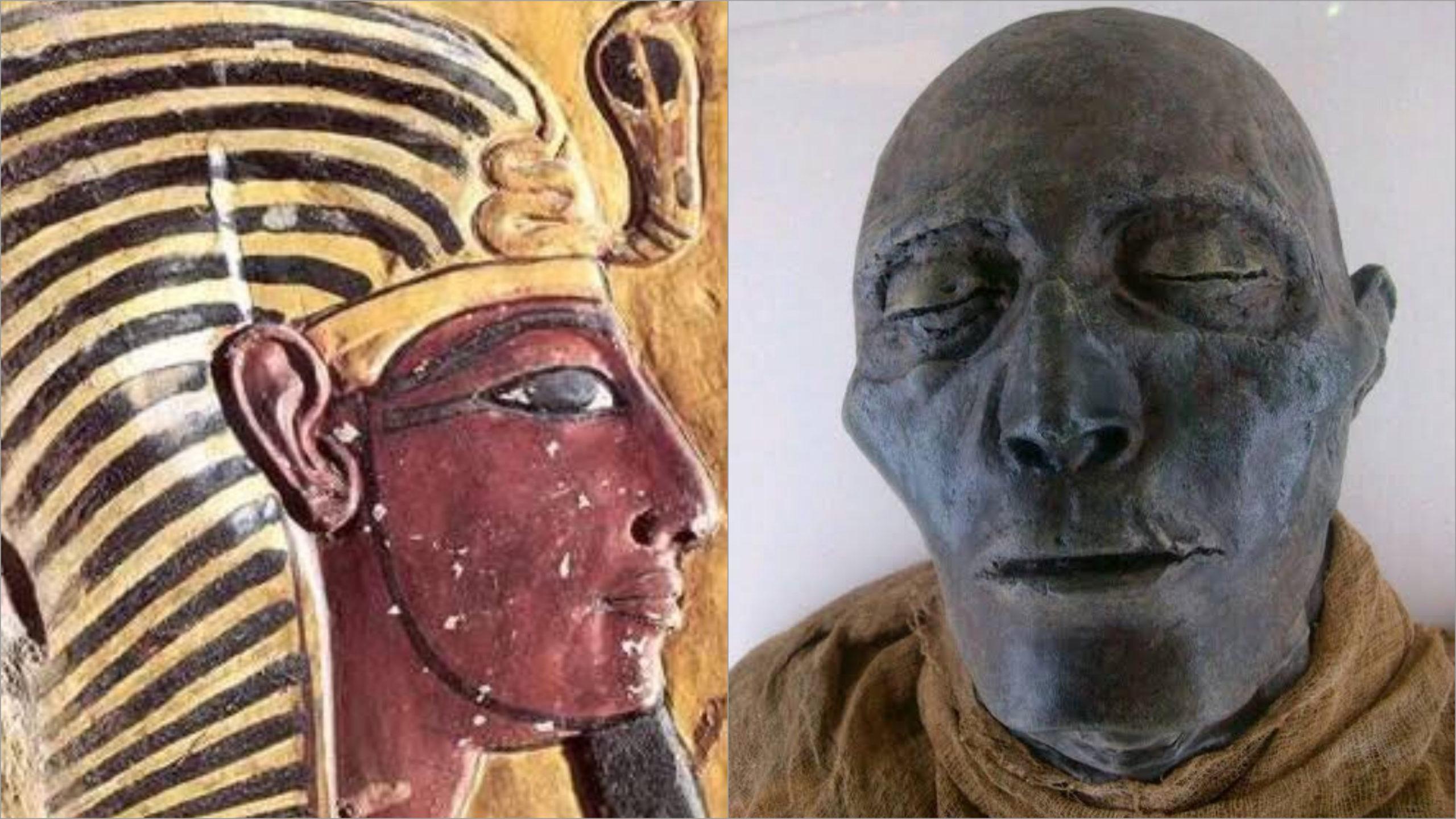Egyptologists were happily delighted by the Mummaatric head of Seti I who is also known as Sety I of the New Kingdom’s Nineteenth Dynasty, for its outstanding protection.
Menmaatre Seti I, pharaoh of the New Kingdom Nineteenth Dynasty in Egypt was a son of Ramesses I, his mother Sitre (daughter of Re) was a great royal wife. Seti I was a father of Ramesses II.
Pharaoh Seti I was born in 1323 BC and ruled Egypt from 1290 to 1279 BCE, during is rule Egypt was in its affluent peaks. The name Seti means set which shows that he was devoted to the god Set also referred as “Seth”.
Seti I was the father to one of the famous Pharaohs of Egypt, Pharaoh Ramesses II. The father of Seti I, Ramesses I ruled for only two years.
The tomb of Pharaoh Seti I was found in the “Valley of Kings” known as KV17 by researcher Giovanni Battista on 16th of October 1817 and it is the longest tomb at 137 meters.
Sooner or later Seti I’s mummy was uncovered in the popular DB320 cache. The body of the Seti I had already been taken off his tomb and positioned in a secret place in order to secure his remains.
Seti I’s body was again buried with many other popular rulers of Egypt (Kemet). Mummy of the pharaoh was well arranged and it was covered with a yellow shroud.
But, the tomb looters had did mess up with his bandages and destroyed his abdomen. Worse than that, Sety’s head was cut off from the rest of his body. Luckily, his face survived intact. Today, the remains of Sety I can be found in the Cairo Museum, along with several other royal mummies.
Seti lead his army north in the early years of his rule to regain Egyptian prominence, which had been partly lost in Akhenaton’s turbulent late 18th dynasty. He fought in Northern Palestine and Syria, battling with Hittite King Muwatalli, at least for one battle; and later, he signed a peace agreement that could set the boundary between the Mountains of Lebanon and Anti-Lebanon, at Kadesh (Syria) on the River Orontes.
Another significant work is his Abydos Memorial Temple, attributed to Osiris and six others, all of which exist in the original colour. The tomb of Seti is the best in Western Thebes’ King Valley.
Though his son Ramses II becomes more popular, Seti is believed to be the greatest ruler of the 19th dynasty by many historians.
 The African History Truly African
The African History Truly African

